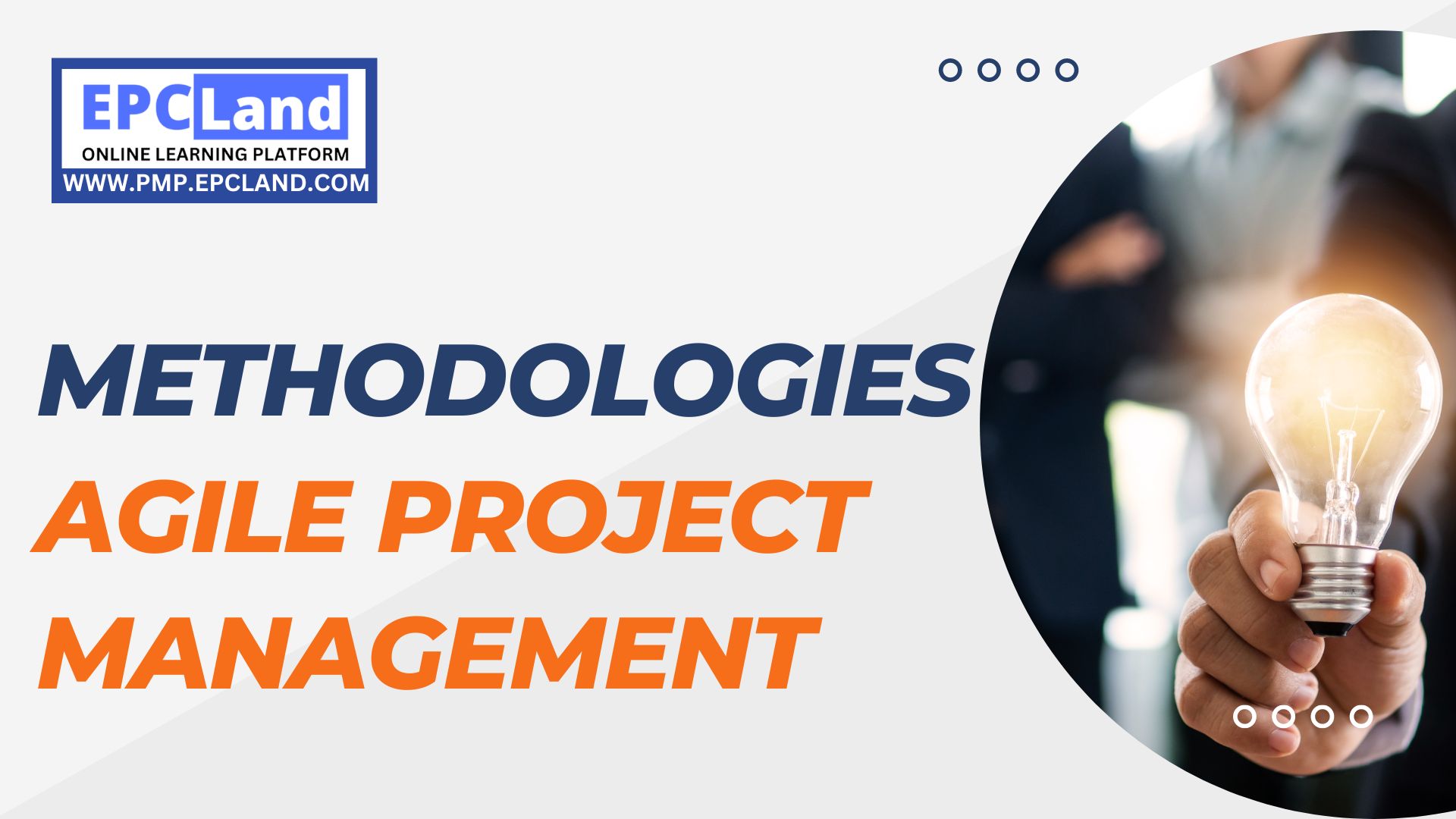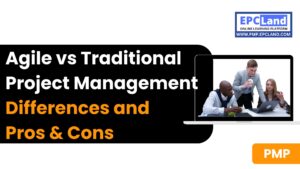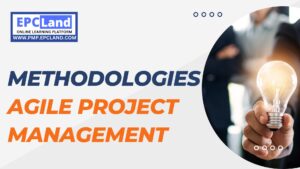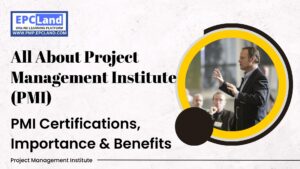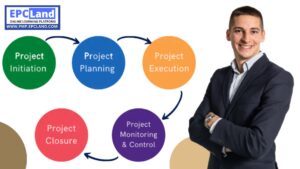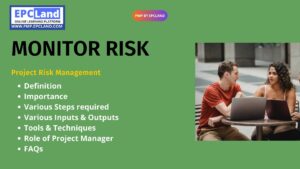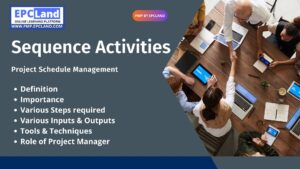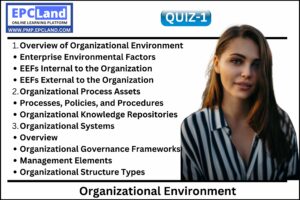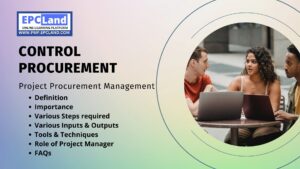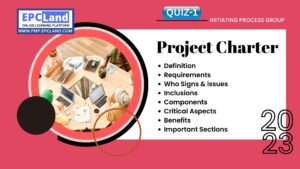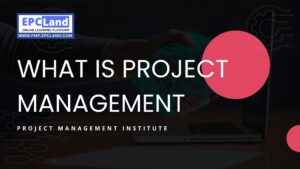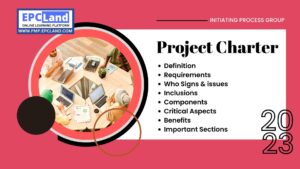Table of Contents
ToggleWhat are Agile Methodologies?
Agile is a set of development methodologies in which requirements and solutions are developed iteratively and step-by-step throughout the project lifecycle. Agile methodologies integrate planning and execution, enabling organizations to develop actionable mindsets that help teams effectively respond to these changing demands.
Agile does not prescribe a particular way of working. Rather, it provides a framework that describes a collection of tools, structures, cultures, and disciplines that enable a project or program to adapt to changing requirements.
Agile or iterative projects especially encourage collaboration with customers. The customer is embedded in the team and provides continuous and regular feedback to the team on the performance and functionality of the final product.
The best agile approaches are highly disciplined and can and should be integrated into business processes such as governance.
A defining characteristic of Agile projects is the generation and delivery of work in short bursts (or sprints) of up to a few weeks. These iterations refine the work product until it meets the client’s requirements.
Examples of agile methodologies
There are several methods you can use to manage your Agile projects. The three most popular are
- Kanban
- Scrum
- Lean
Don’t Miss the 1000+ MCQ questions & hundreds of quizzes on PMP Knowledge Areas and Various important sections.
Kanban: Methodology of Agile Project Management
A work management method that emphasizes just-in-time delivery.
Scrum: Methodology of Agile Project Management
Agile methodology commonly used in software development. Review the progress of a single development phase (or sprint) at regular team meetings.
Lean: Methodology of Agile Project Management
A working method aimed at eliminating waste by avoiding anything that does not create value for the customer.
Whereas traditional project management starts with a detailed plan and detailed requirements and tries to follow through on that plan, Agile starts with a rough idea of what is needed and delivers something in a short amount of time. By doing so, the requirements will be clarified as the project progresses.
These often iterative processes are a key feature of Agile projects, and this way of working builds collaboration between stakeholders and her members of the team doing the work.
